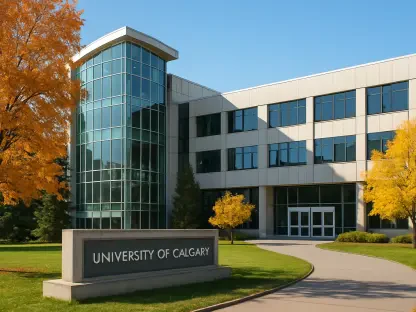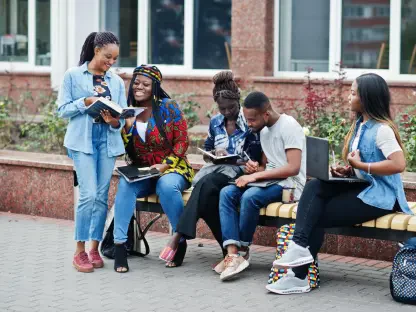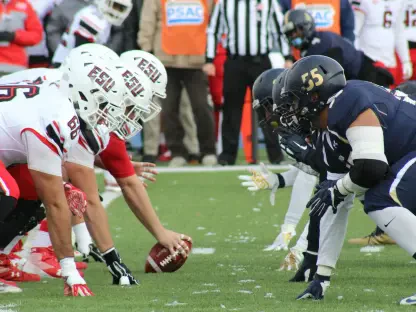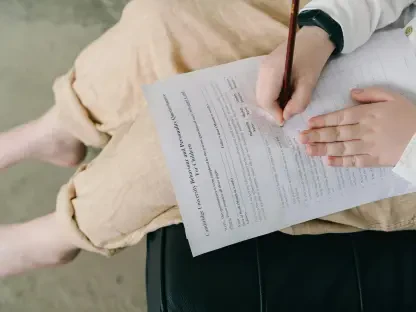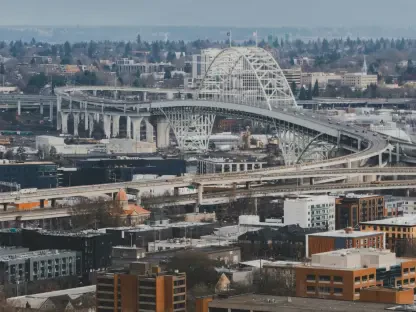Recent federal survey data continues to shed light on the persistent challenges that U.S. public schools face in hiring fully certified teachers, revealing a situation that has yet to significantly improve. As of August, the average public school reported six teacher vacancies, with 20 percent of these positions remaining unfilled by the start of the school year. This data highlights a troubling trend in the nation’s education system, where a shortage of qualified candidates and a dearth of applicants are exacerbating the issue, particularly in specialized areas such as special education, physical science, and English as a second language.
Peggy Carr from the National Center for Education Statistics (NCES) noted a slight improvement in hiring difficulties compared to the previous year, with the percentage of schools reporting challenges dropping from 79 percent to 74 percent. However, this modest progress does not entirely alleviate the broader concerns. Megan Boren from the Southern Regional Education Board emphasizes that reducing the teacher shortage issue to a binary metric of vacant versus filled positions is overly simplistic. She argues that a more comprehensive understanding must take into account various factors, including geographic regions, academic subjects, and student demographics, as well as the overall quality and preparedness of the teaching staff.
The Impact of Uncertified Teachers on Education
One significant consequence of the ongoing teacher shortage is the increasing reliance on uncertified teachers, such as those with emergency certifications or long-term substitutes. This trend places additional burdens on already strained school systems and experienced educators. Schools in high-poverty areas or with predominantly minority student populations are particularly vulnerable, often struggling to fill vacancies with fully certified teachers. This disparity contributes to a widening gap in educational quality and equity, impacting the long-term outcomes for students in these communities.
The reliance on uncertified teachers not only strains the already overburdened system but also affects the morale and workload of seasoned educators and administrators. When vacancies are filled by less prepared individuals, experienced teachers often find themselves covering additional responsibilities, mentoring new hires, and compensating for gaps in knowledge and skills. This increased workload can lead to burnout and further exacerbate teacher turnover rates, creating a vicious cycle that undermines the stability of the educational environment.
Underlying Causes and Broader Implications
Megan Boren attributes the persistent teacher shortages to a combination of factors, including pandemic-related mental health challenges, increased pressure from covering vacant positions, and diminished opportunities for collaboration and planning. Before the COVID-19 pandemic, teacher turnover rates generally remained stable, oscillating between 7 to 9 percent. However, the pandemic has intensified this issue, with some Southern regions experiencing turnover rates as high as 18 percent. This dramatic increase underscores the urgent need for systemic solutions to address the root causes of teacher attrition.
The broader implications of the teacher shortage crisis extend beyond the immediate classroom environment. When schools struggle to staff their faculties with fully certified and well-prepared teachers, the quality of education that students receive is compromised. This can lead to lower academic achievement, reduced student engagement, and a decline in overall school performance. Furthermore, the stress and instability caused by high turnover rates and frequent reliance on temporary or uncertified staff can negatively impact the school community as a whole, affecting student-teacher relationships and the broader educational climate.
Conclusion
Recent federal survey data continues to highlight the persistent challenges U.S. public schools face in hiring fully certified teachers, showing little improvement. As of August, the average public school reported six teacher vacancies, with 20 percent of these unfilled by the start of the school year. This underscores a troubling trend where a shortage of qualified candidates and few applicants make the issue worse, especially in specialized areas such as special education, physical science, and English as a second language.
Peggy Carr from the National Center for Education Statistics (NCES) pointed out a slight improvement compared to the previous year, with the percentage of schools reporting hiring difficulties dropping from 79 percent to 74 percent. Despite this modest progress, the broader concerns remain. Megan Boren from the Southern Regional Education Board argues that reducing the teacher shortage issue to just vacant versus filled positions oversimplifies the problem. A deeper understanding must consider various factors, including geographic regions, academic subjects, student demographics, and the quality and preparedness of the teaching staff.




